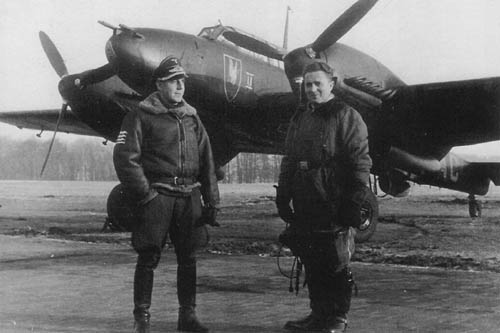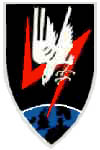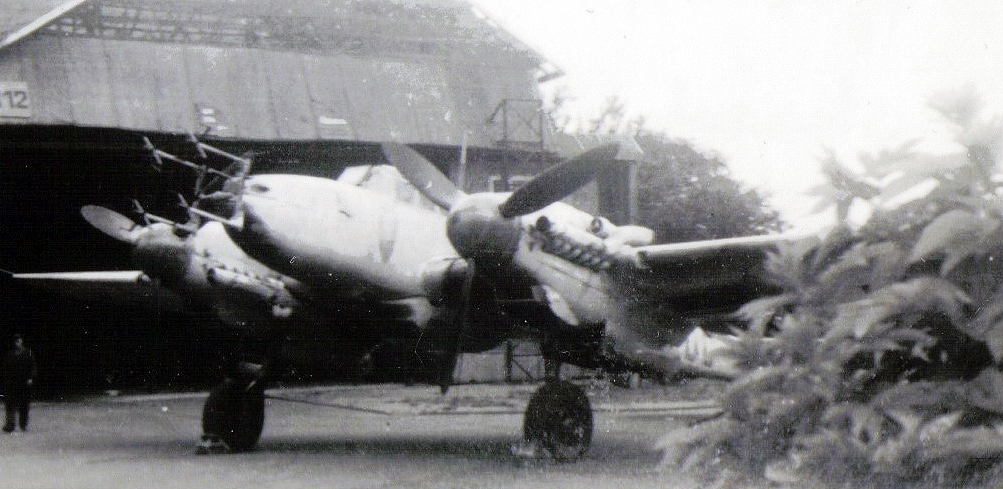25/26th May 1943




Aircrew
Aircraft
Messerschmitt Bf110 G-4 night-fighter (ID G9+AC).
The original Bf110 was designed as a two seat Zestörer (destroyer) fighter for escorting bombers, but its limitations were exposed in the Battle of Britain. When converted to a night fighter, comprising Pilot and Bordfunker (Radio/radar operator) and later in 1943, a Bordschutze (Air gunner), it became a formidable opponent.

Hauptmann Walter Ehle and his Bordfunker (at the time), Hans Weng, pictured in front of Messerschmitt Bf110 G9+AC at Sint Truiden (St. Trond) airbase
This photograph was taken before Ehle was promoted to Major, since his stripes show the rank of Hauptmann: a bar with three wings above. The emblem on the fuselage is NJG1's Englandblitz symbol: an eagle holding a lightning bolt striking England. The Roman numeral II beside the symbol shows the fighter is in II Gruppe of NJG1.

The aircraft flown on May 25th/26th was a G-4 fitted with a Lichtenstein AI Fu.G.202 radar with its distinctive nose aerial arrays. [10]. Fu.S.G.202 is short for Funk-Sichtgerät 202 (literally radio display device version 202). The Sichtgerät was the three screen display that the Bordfunker would scan looking for bombers to intercept. The aircraft was fitted with 4 x MG 17 7.92mm calibre Machine Guns and 4 x MG 151 belt-fed autocannon with 20mm cannon shells.[17]

Note: this image is not of Bf110 G-4 G9+AC but is identical to the aircraft that Ehle used on the evening of 25th May 1943 in every respect
This aircraft was in Ehle's Stabsschwarm and almost certainly flown by him at some point. The picture was provided by author Christiaan Vanhee who obtained it from the family of Heinz Derlitzki. Derlitzki was crew chief on this aircraft at the time, and later became Ehle's Bordschütze. He died with Ehle in an aircrash at Horpmaal on 17th November 1943.
Squadron
II./NJG1 : at the time of the 26 May 1943 raid, Walter Ehle was the Gruppenkommandeur of Grüppe II, Nachtjagdgeschwader 1.
(See Glossary for an explanation of German words and abbreviations)